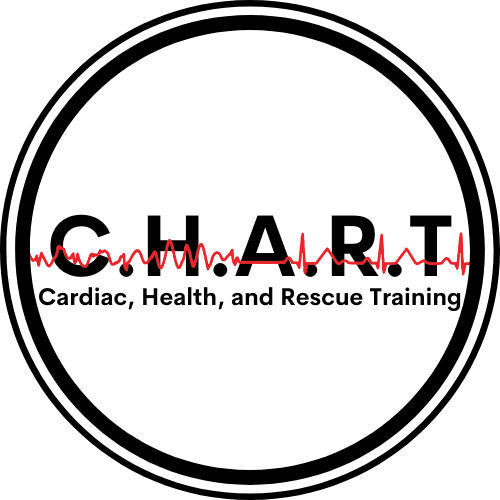Understanding AVPU: A Critical Tool in Emergency Medicine
Recently, I had an enlightening experience during a TikTok live session with a holistic doctor. Amidst a fascinating discussion, I asked a question. To make sure I knew he was responding to me, he said "After A V P U" instead of the shorthand "After AVPU," as we would say in the EMS field. (This is my TikTok handle) This made me realize that many people might not be familiar with AVPU, a vital mnemonic in emergency medicine. So, let's dive into what AVPU means and why it's so crucial.
## What is AVPU?
AVPU stands for Alert, Verbal, Painful, and Unresponsive. It's a simple yet effective tool used by medical professionals to assess a patient's level of consciousness quickly. Understanding and using AVPU can be the difference between life and death in emergency situations.
## Breaking Down AVPU
**A - Alert**
The first level of AVPU is Alert. When a patient is alert, they are awake and responsive without any external stimuli. They are aware of their surroundings, can engage in conversation, and can follow commands. In an emergency, finding a patient in an alert state is a positive sign, indicating they are likely not in immediate danger.
**V - Verbal**
The second level is Verbal. If a patient isn't immediately alert, the next step is to see if they respond to verbal stimuli. This means talking to the patient, asking simple questions, or giving commands. If the patient opens their eyes or responds appropriately when spoken to, they are categorized under Verbal.
**P - Painful**
If verbal stimuli don't elicit a response, we move to Painful. This involves applying a mild pain stimulus, such as a sternal rub or a pinch on the ear, to see if the patient responds. The purpose here is to determine if the patient can react to a stronger stimulus, indicating some level of consciousness even if they aren't responding to verbal cues.
**U - Unresponsive**
Finally, if the patient doesn’t respond to any painful stimuli, they are considered Unresponsive. This is the most critical level, indicating a severe decrease in consciousness, requiring immediate and intensive medical intervention.
## Why AVPU Matters
In the world of emergency medical services (EMS), quick and accurate assessments are paramount. AVPU provides a straightforward, systematic approach to evaluate a patient's condition. By categorizing a patient's responsiveness, EMS personnel can make rapid decisions about the necessary interventions and prioritize actions accordingly.
For instance, an alert patient might need monitoring and basic support, while an unresponsive patient could require advanced airway management, medications, or rapid transport to a medical facility. The simplicity of AVPU allows for its application in various settings, from the field to the emergency room, ensuring consistency in patient assessment.
## A Handy Reference Tool for EMTs
Don't go through your EMT training course without the **EMT- Emergency Medical Technician (Quick Study Academic) Pamphlet**.
Packed with valuable information on scene size-up and patient assessment, this guide is an essential study tool for EMTs in training and an excellent refresher for EMTs already in the field. This guide also features a large section on anatomy, physiology, and pathophysiology of all major body systems, along with common disorders and injury management. Helpful illustrations and tables are included for quick reference. It's a must-have resource for anyone serious about their EMT education and practice.
## A Call to EMS Professionals
For those of us in the EMS field, AVPU is second nature. However, it's essential to remember the basics and ensure we apply them accurately in every situation. To my fellow EMS professionals, if this explanation refreshed your knowledge, please like and comment to show your support. And if you found new insights here, it might be time to revisit that chapter in your training materials.
## Check Out This Short Video
Want to see a quick explanation? Check out this short video on my YouTube page here on AVPU to get a visual understanding of this essential tool in emergency medicine.
## Conclusion
Understanding AVPU is not just for medical professionals. By sharing this knowledge, we can empower more people to act effectively in emergencies, potentially saving lives. So, next time you hear "After AVPU," you'll know exactly what it means and why it's so crucial. Stay safe, stay informed, and always be prepared.
#affiliate #AVPU




0 Comments